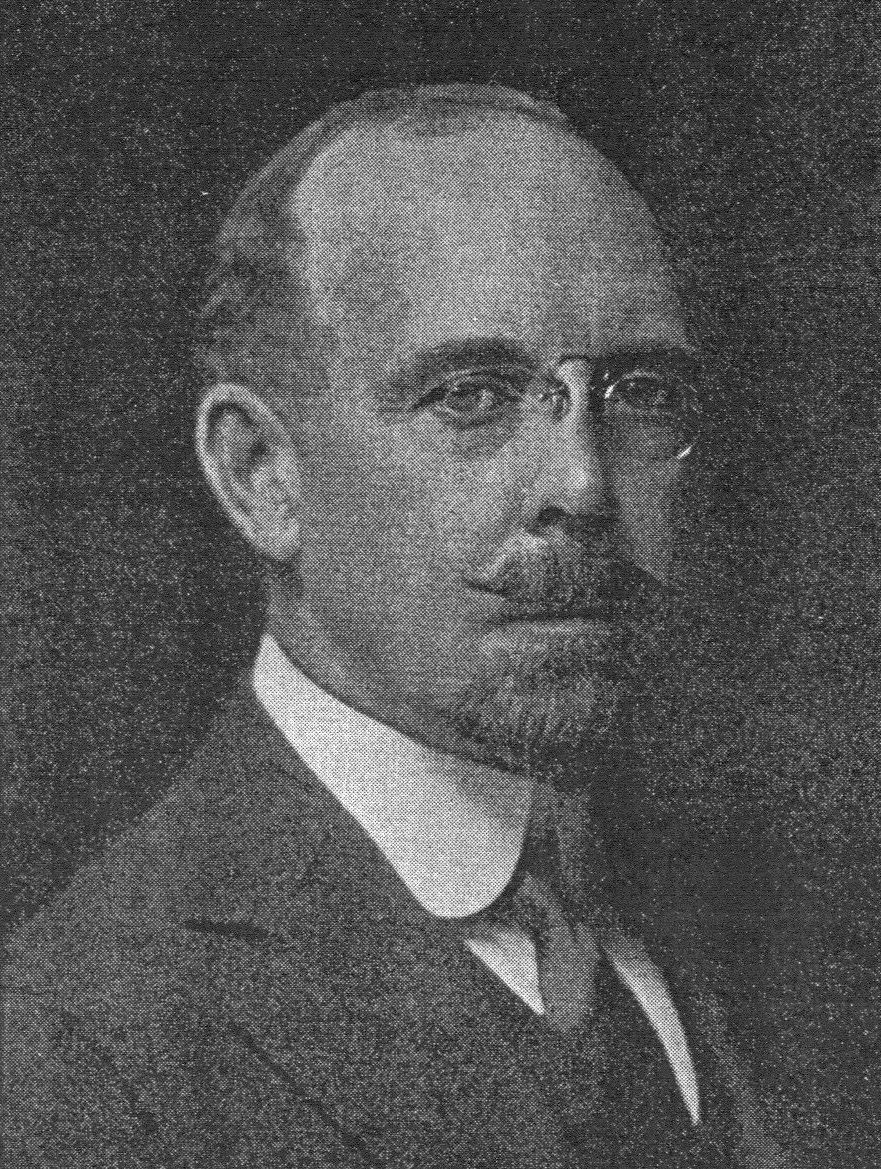Mining and Minerals Education Foundation |

J. Parke Channing
(1863-1942)
2010 Inductee from Mining's Past
J. Parke Channing, a native of New York City graduated from the School of Mines at Columbia at age 20. In his early career, he worked in both the copper and iron mines of northern Michigan where he made valuable acquaintances and picked up consulting work before heading west.
In 1897, his consulting led to a long professional relationship with the Lewisohn Brothers, metal traders and mining magnates of New York City. On an Arizona trip in 1897 for the Lewisohns, Channing took a memorable side trip to the Clifton/Morenci district, where he observed James Colquhoun's Arizona Copper Company's successful operation profitably concentrating low-grade (3%) disseminated copper ore.
That same year, he examined the Highland Boy mine in Utah, on which the Lewisohns had an option that was about to expire. His examination of this high-grade mine revealed that much of the ore was primary and consequently would likely extend to depth. He wired his employers not to let the option lapse, resulting in a profitable investment for them.
Channing's next accomplishment was the further exploration of copper properties at Ducktown, Tennessee. Channing felt that by combining Lake Superior mining methods and Montana smelting practices, copper could be produced for ten cents a pound. This proved to be so and as a result, the Tennessee Copper Co. was a success. When pyritic smelting was perfected, Channing adopted it for Tennessee Copper, further lowering smelting costs. This brought about lawsuits from farmers, whose crops were adversely affected by the concentrated sulfur smoke. Channing sought advice from a German chemical firm, who said acid could be produced by using the chamber process. Tennessee Copper Co. thus became a significant sulfuric acid producer, giving it a profitable co-product.
In 1905, he made an examination and report on the property of Nevada Consolidated Copper Co. Here, the observations from his 1897 visit to Arizona Copper Co. "were of incalculable value", for Channing saw that by applying Lake Superior mining methods, Arizona Copper's concentrating, and Montana smelting practices, the property would be profitable. Based on Channing's recommendation, Hayden Stone & Co. financed the venture through a stock sale.
In December 1906, he met an acquaintance in Globe, Arizona, who suggested looking at some ground six miles west of Globe. This led to optioning some 200 acres of land with no visible signs of ore, which Channing thought might have a significant layer of secondary enrichment. Development started the next month (January 1907). In May, one of the shafts hit 3% copper at a depth of 220 ft. In less than four years from the initial discovery, Miami Copper Co was in production; it shares the honor with Ray as being Arizona's first large-scale porphyry copper producer. Channing stayed involved with Miami Copper Co. until his death.
Print Version Previous Archive Next
